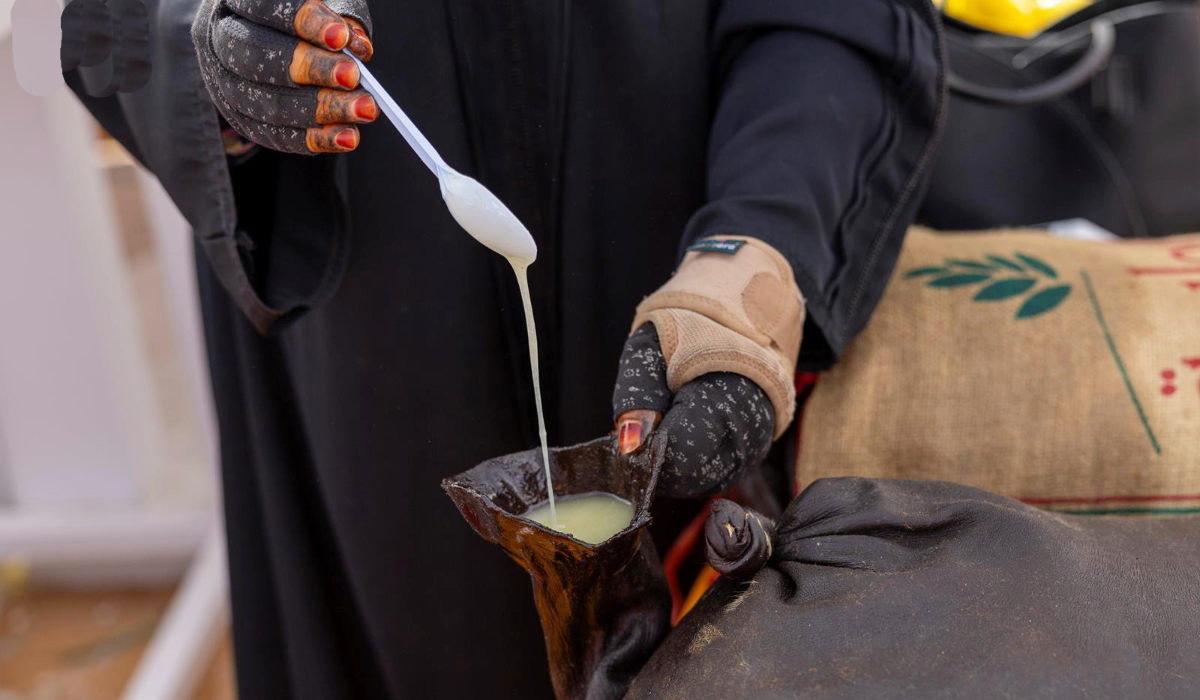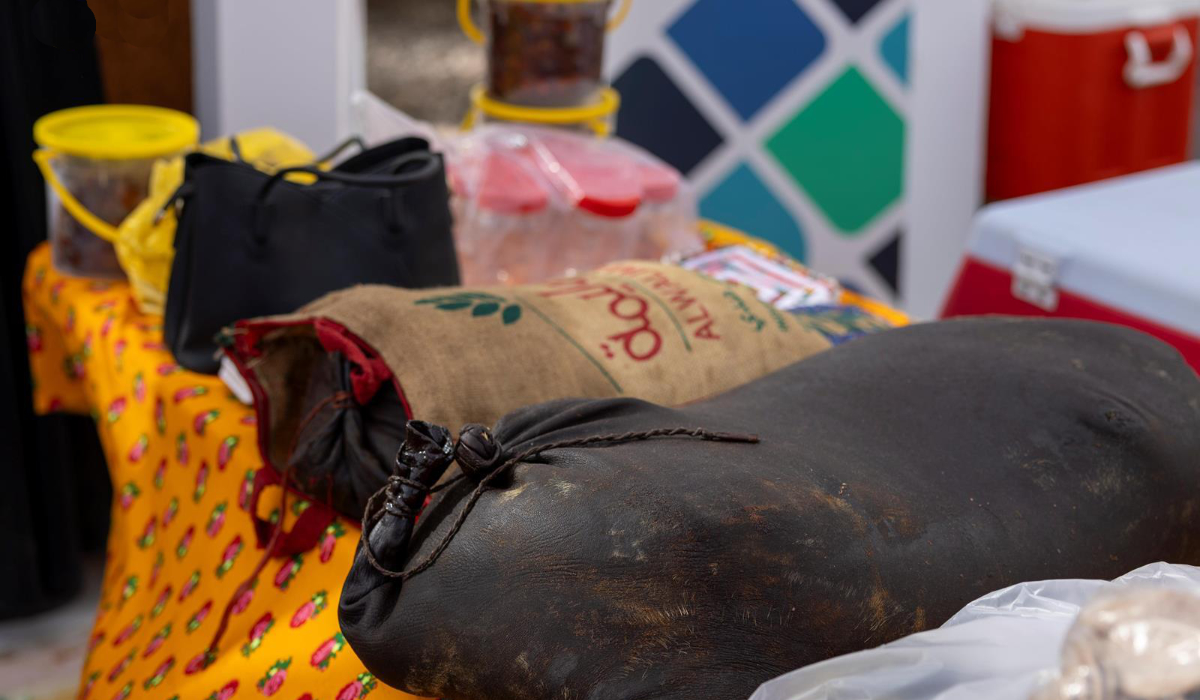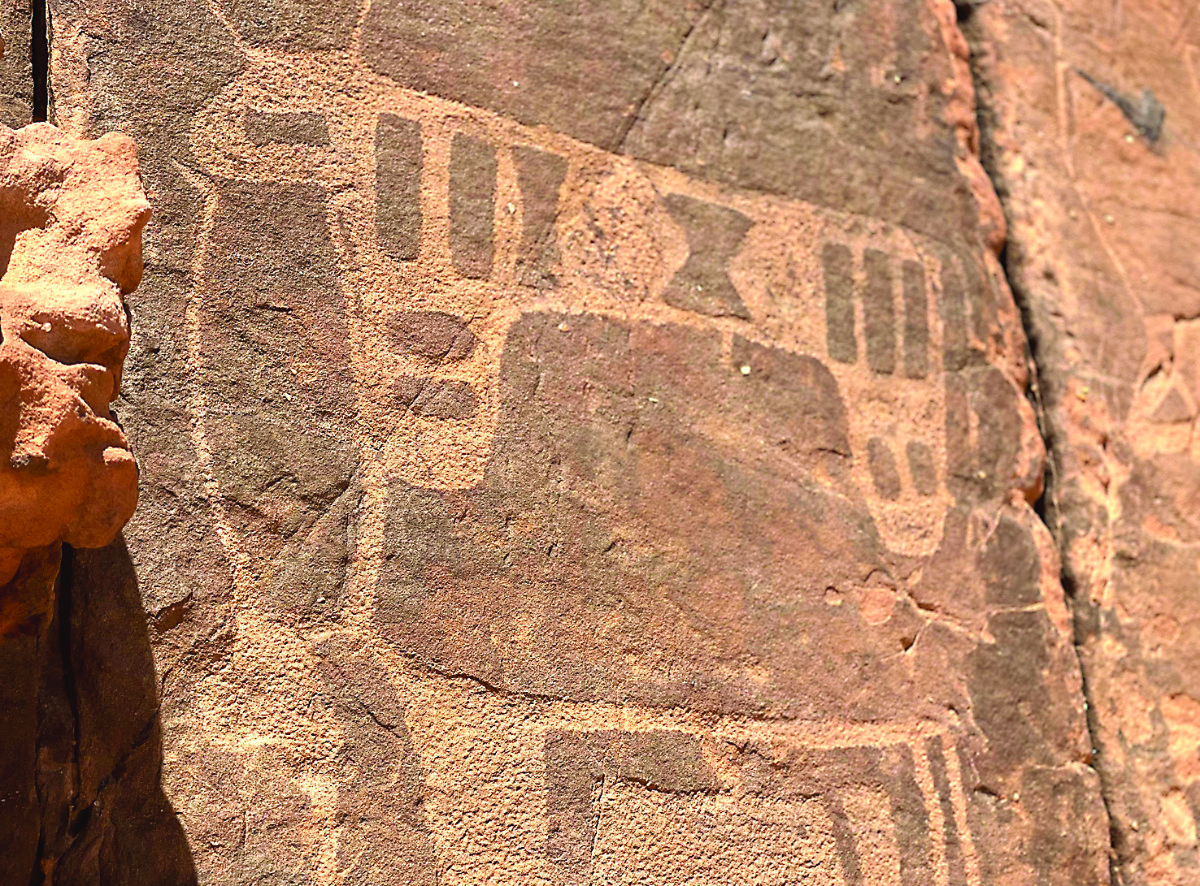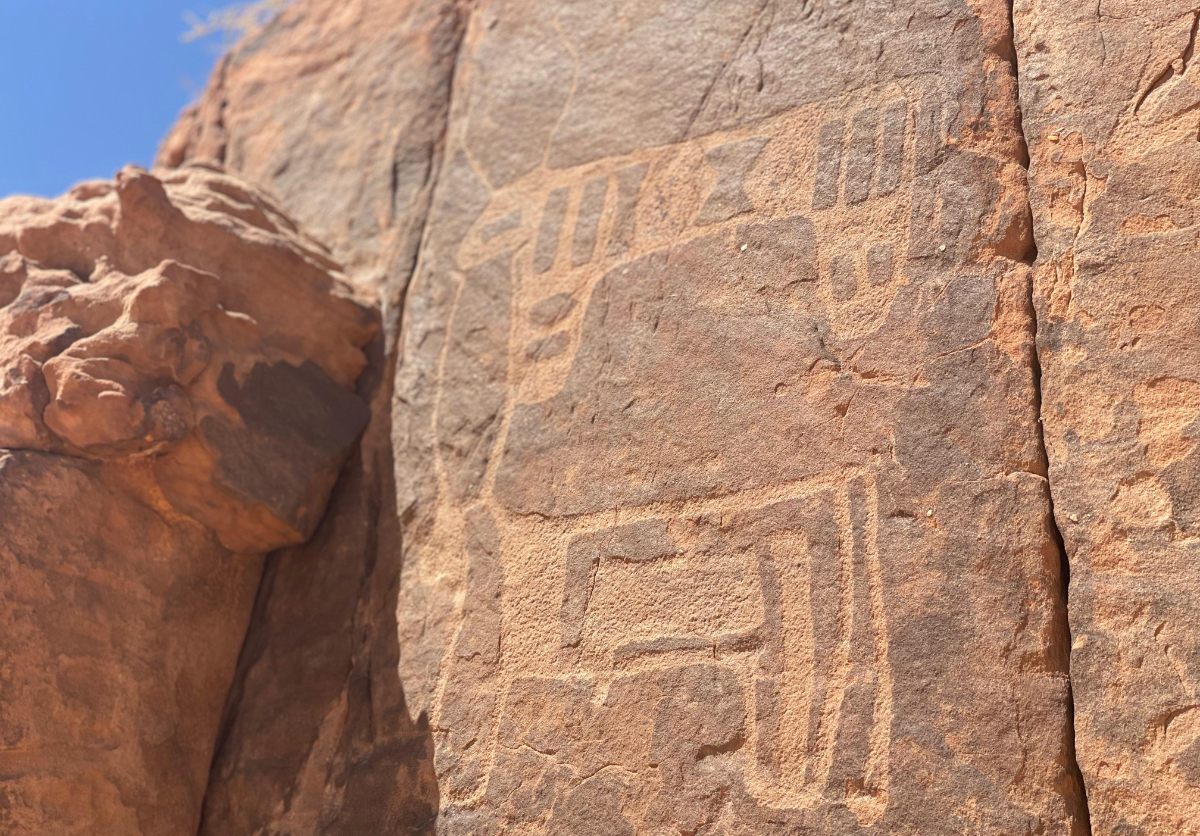BORACAY: With postcard-perfect views of the Philippines’ most treasured island behind them, laborers hammer away at the walls of the Boracay West Cove resort, demolishing them one chunk at a time.
The resort is being reduced to piles of rock and steel rods, the first in a wave of demolitions of illegal structures on the tourist island of Boracay on the orders of the Philippines’ no-nonsense president, Rodrigo Duterte.
Boracay is just one of more than 7,300 islands in the Philippines, but it draws 2 million visitors annually, just under a third of the country’s total tourist arrivals last year.
But with an estimated 1,800 businesses competing for space and clamoring for a share of the annual $1 billion that Boracay generates, mass tourism is pushing this tiny 10-square-kilometer island to the brink of collapse.
“What Duterte wants, Duterte gets,” said Phillip Penafor, a local government worker overseeing the demolition of the West Cove, which was built on protected forest land.
Duterte weighed in unexpectedly in February, raging that Boracay’s famous turquoise waters smelled “of sh*t,” and warning of an environmental disaster from unchecked growth and a failing sewage system that made it a “cesspool.”
On April 4, he ordered the closure of the island to outsiders for six months from Thursday to undergo a process of rehabilitation, for which a complete plan has yet to be drafted.
Tourists and non-residents will be denied entry and boats will be barred from going within 3 kilometers of the island. A few dozen police, including riot and SWAT teams, have been doing exercises on the beach to prepare for resistance that residents say is highly unlikely.
Decoder
Philippines' top tourism island's failing sewage system
In a survey of Boracay’s sewerage facilities, the vast majority of residential and business properties were found to have no discharge permit and were presumed to be draining waste water directly into the sea.
The local government has started demolishing some of the 900 illegal structures on the island and preparing to widen a 7-kilometer spine road clogged with trucks, motorbikes and vans.
Their priority is expanding an overburdened sewage system, and dismantling a network of pipes created illegally by businesses and resorts to divert their waste into storm water drains, through which it all ends up in the sea.
The government expects the closure to cost the economy about 2 billion pesos ($38.1 million) and is preparing a “calamity fund” of a similar amount to help an estimated 30,000 people whose livelihoods are affected.
Despite that, Duterte’s abrupt push to fix Boracay is being broadly welcomed by residents and even businesses, although they would have liked more time to adjust.
“It’s good for our future. The problem is, we’re not really prepared for this,” said Ciceron Cawaling, the longtime mayor of the nearby town of Malay, which oversees Boracay.
“We were caught by surprise by his declaration. This all arose in a matter of seconds.”
Located off the northern tip of central Panay island, Boracay was once an idyllic destination for divers and backpackers lured by its tranquility and powdery white sands.
But the island has seen explosive growth in recent years, partly the result of surging numbers of tourists from Asia, particularly China and South Korea.
Local authorities have struggled to cope with that growth, lacking manpower and resources to enforce laws and carry out inspections to curb environmental violations.
Some residents complain that officials have turned a blind eye and say those tasked with solving Boracay’s problems were complicit in creating them. The local government denies that.
The entire White Beach on the island’s west coast is lined with resorts, restaurants and shops offering souvenirs, tattoos, massages and watersports, some three or four buildings deep.
Visitors go parasailing and ride speedboats, and gather in crowds for sunset selfies on the beach, where dozens of moored boats obstruct views of the water.
Even before Duterte’s intervention, the local government was taking some steps toward a makeover for Boracay. In November, it hired a well-known urban planner, Felino Palafox, whose firm has handled 1,200 projects in 28 countries.
Palafox is proposing the introduction, after the six-month rehabilitation, of regulations and modern infrastructure to manage tourism and make Boracay environmentally sustainable.
His plan includes having only electric vehicles, building a wide road with a tram and a 7-kilometer pedestrian footpath, and setting back buildings from the beach. Building heights would be restricted and businesses would be given incentives to install solar panels and plant trees.
The plan is being considered by the local and national government but no decision has been made yet.
Palafox said he was consulted about Boracay in the 1990s and again in 2006, but his advice was ignored. He’s confident that with Duterte in charge, this time will be different.
“It’s still salvageable if we have good supervision and monitoring and we knuckle down,” he said. “What we have now is very strong political will.”
But some residents complain they were given no chance to comply with laws that are only now being enforced.
FASTFACTS
End of the liners
The Philippines’ tourism department said that as many as 18 ocean liners, carrying more than 50,000 passengers and around half that number of crew members, were due to visit the island in 2018 before the closure announcement.
Canadian Allan Lieberman has called Boracay home for three decades. Despite having legal papers and permits issued by local authorities, he’s demolishing his 10-year-old cliffside resort, in anticipation of being evicted for occupying a plot that was supposed to be protected forest land.
He thinks it was time for him to leave anyway.
“Boracay? I hate Boracay,” he said, as a team of workers behind him took down solar panels and wooden poles. “There’s nothing of the old Boracay left. Even if restored, its soul has gone.”
Resort owner Delnora Hano has lived in Boracay just as long, and remembers when there was no electricity and accommodation was bamboo huts.
She says the temporary loss of business and jobs is worth it and lauds Duterte for stepping in.
“It’s the right time to intervene, there are problems that can be fixed now,” she said. “It can be done, the island can survive.”


































